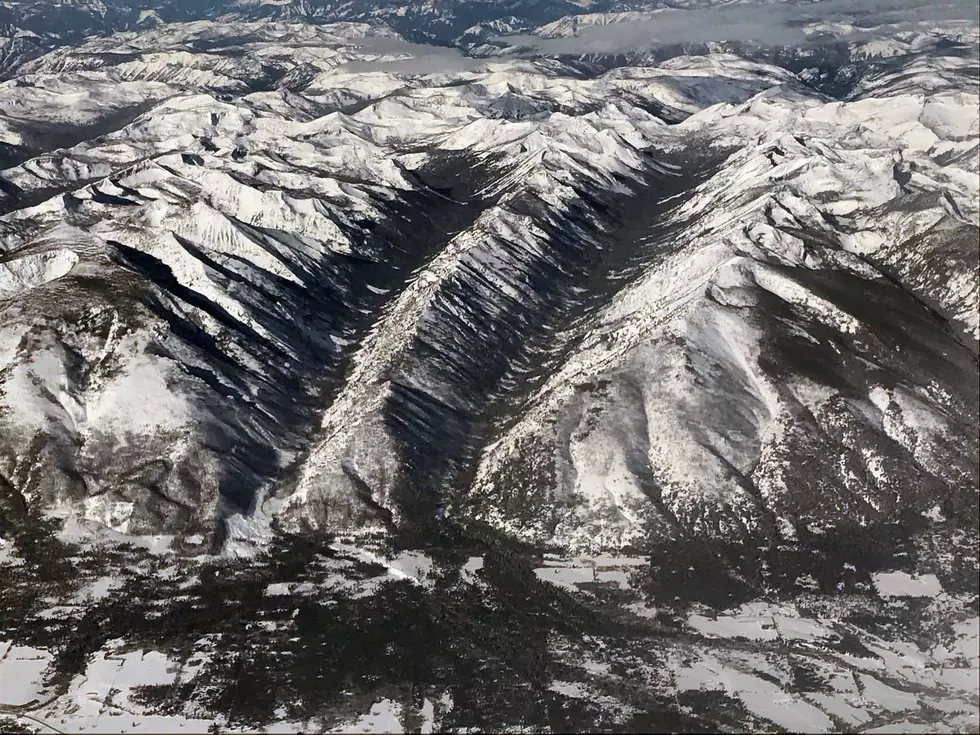
Missoula County to play role in federal efforts to restore Bitterroot griz
Martin Kidston
(Missoula Current) Missoula County will have a seat at the table as the U.S. Fish and Wildlife Service looks to restore grizzly bears to the expansive Bitterroot ecosystem south of Missoula.
Commissioners on Tuesday signed a memorandum of agreement with the agency as it begins developing its Environmental Impact Statement for bear restoration.
“This is to be a cooperating agency in their EIS for the Bitterroot recovery zone and grizzly bear populations,” said county planner Chet Crowser. “It's using the expertise the county has and the things we contribute in our role as a government agency, and sharing that with other agencies involved in this particular project.”
The Bitterroot range has long been viewed as a vital link in providing connectivity between grizzly bear populations in the Greater Yellowstone and Northern Continental Divide ecosystems. Connectivity is needed to ensure genetic mixing and long-term health, and the Bitterroots and surrounding wilderness still represent a largely unbroken corridor between the two populations.
The Bitterroot Grizzly Bear Recovery Area covers nearly 4 million acres, though the larger experimental population area spans 16 million acres. It's been identified as “the main and perhaps only” area in the lower 48 states where there's a chance to restore a grizzly population.
Earlier this year, after a federal judge ruled that the Fish and Wildlife Service failed to aid grizzly recovery in the Bitterroot ecosystem, the agency agreed to complete a new EIS by October 2026.
The Service published its original EIS in 2000, where it decided to create an experimental population of 25 grizzlies in the Bitterroot ecosystem. But in 2001, concerned by a lawsuit brought by the state of Idaho, the agency reversed course, saying it chose the “no-action” alternative instead of creating an experimental population.
From that point on, the agency took no action.
Since then, grizzly bears have been migrating out of two nearby recovery areas – the Northern Continental Divide and the Yellowstone – into other parts of Montana in an effort to reclaim their historic range. A few have managed to make their way to the Bitterroot ecosystem, although some were captured and moved away instead of being allowed to migrate naturally.
“We'll be engaged in a number of those discussions leading up to the production of the EIS and other considerations Fish and Wildlife Service will use as they undertake their process,” said Crowser. “It's a formality. It documents us in this agreement as a participant and a cooperating agency. We'll also be part of the broader public process Fish and Wildlife will be undertaking.”
